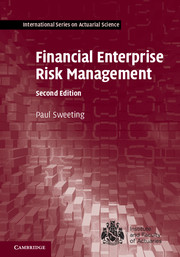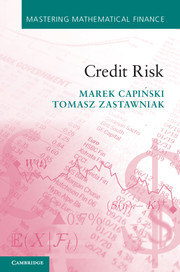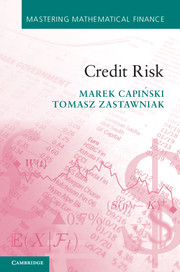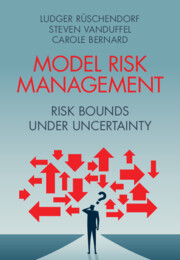Financial Enterprise Risk Management
Financial Enterprise Risk Management provides all the tools needed to build and maintain a comprehensive ERM framework. As well as outlining the construction of such frameworks, it discusses the internal and external contexts within which risk management must be carried out. It also covers a range of qualitative and quantitative techniques that can be used to identify, model and measure risks, and describes a range of risk mitigation strategies. Over 100 diagrams are used to help describe the range of approaches available, and risk management issues are further highlighted by various case studies. A number of proprietary, advisory and mandatory risk management frameworks are also discussed, including Solvency II, Basel III and ISO 31000:2009. This book is an excellent resource for actuarial students studying for examinations, for risk management practitioners and for any academic looking for an up-to-date reference to current techniques.
- Part of the core reading for the UK Actuarial Profession's specialist technical examination in enterprise risk management, ST9
- Worked examples illustrate how to implement the techniques described
- Case studies highlight previous failures to help the reader avoid the same errors
Reviews & endorsements
'Provides all the tools required to build and maintain a comprehensive ERM framework, covering a range of qualitative and quantitative techniques and their uses in identifying, assessing, modelling and measuring risk.' Actuary Magazine
Product details
November 2011Adobe eBook Reader
9781139153454
0 pages
0kg
120 b/w illus. 25 tables
This ISBN is for an eBook version which is distributed on our behalf by a third party.
Table of Contents
- Preface
- 1. An introduction to ERM
- 2. Types of financial institution
- 3. Stakeholders
- 4. The internal environment
- 5. The external environment
- 6. Process overview
- 7. Definitions of risk
- 8. Risk identification
- 9. Some useful statistics
- 10. Statistical distributions
- 11. Modelling techniques
- 12. Extreme value theory
- 13. Modelling time series
- 14. Quantifying particular risks
- 15. Risk assessment
- 16. Responses to risk
- 17. Continuous considerations
- 18. Economic capital
- 19. Risk frameworks
- 20. Case studies
- Index.










